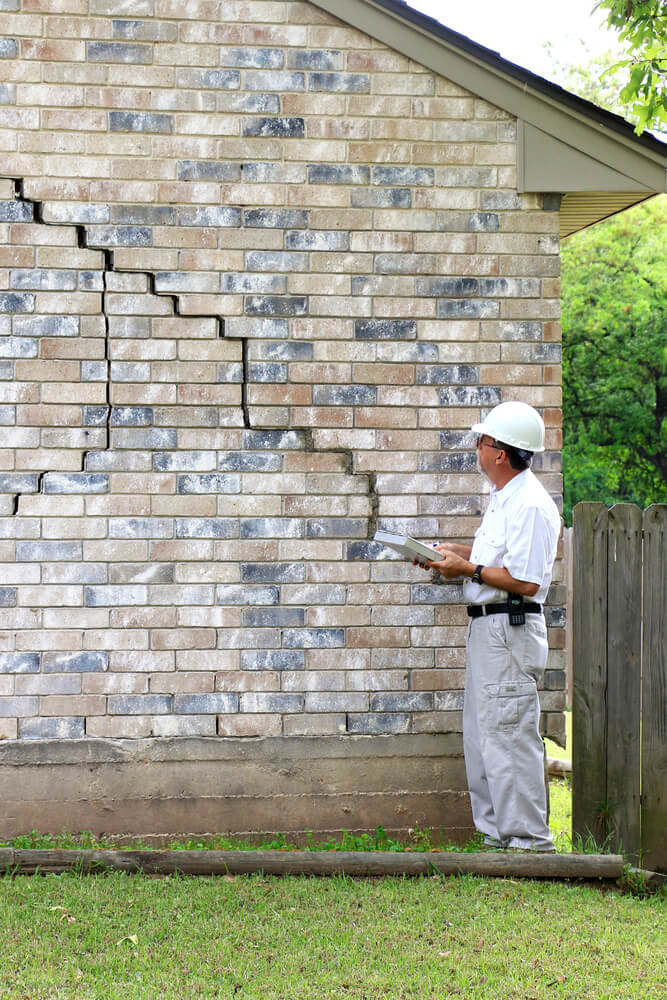Frequently Asked Questions about restumping in Melbourne
What is the difference between reblocking and restumping?
Reblocking and restumping both refer the process whereby old timber stumps are removed from beneath your Melbourne home and replaced with new, more durable concrete stumps. This process also involves resetting floor levels.
How do I know my home needs reblocking?
If your home was built before 1960 and still has its original timber stumps chances are it will need reblocking sometime soon. Signs your home needs reblocking include cracked plaster, sticky doors, squeaky or uneven floors.
My home is only 10 years old and has developed cracks in the plaster. Doors are also starting to stick. Does it need reblocking?
Not necessarily although it is a good idea to obtain professional advice. These faults can be caused by the reactive clay soils, leading to movement in the foundations. Because your home is new it will probably have concrete foundations, which typically last up to 100 years. The bad news is that your home may need to be re-levelled to bring it back up to its original levels. A Master Reblockers representative can give you a full assessment of the problem and the best solution.
I have noticed cracking in my external brickwork. What can I do?
Cracking in brickwork is common in Melbourne due to our reactive soils and the recent drought. In many cases cracks can be remedied by adding water to the foundations. This is best left to the professionals so do seek advice. In many cases underpinning may be necessary.
What is underpinning?
Underpinning is a process used to reinstate a wall that has suffered structural distress due to the failure of existing foundations. It involves digging under an existing strip footing to determine the damage (in most cases a crack in the footing). Once the problem is identified, new concrete is inserted under or around the old foundation to stabilise the soil and support the original footing and return the wall and floors to their original levels.
What damage will occur as a result of reblocking?
Reblocking, re-levelling or underpinning may result in internal cracking of plasterwork as walls and floors are returned to their original levels. The level of cracking will depend on the type of plaster and the extent of works. In most cases cracks are easily repaired using filler and a coat of paint.
We’re planning a renovation. When should I have the stumps replaced?
If you are planning a renovation or addition to your home, it is always a good idea to address any sub-floor issues at the same time (ideally before major building works commence). Combining all the works into the one project may also save you time, money and headaches.
Will you need to remove my floors to replace the house stumps?
In most cases reblocking a house can be accomplished without the need to remove internal floors as long as there is at least 600mm clearance between the ground and the floor – even lower in areas of sandy soil. Should your floors require removal, reinstating them is usually straightforward.
We can discuss your options at your FREE consultation.
We can discuss your options at your FREE consultation.
How long does reblocking take?
In most cases reblocking takes between four and 10 working days. If the works do not require removal of the floor you may not even notice we’re there!
I hate mess. What can I expect?
At Master Reblockers we take pride in our work and are committed to leaving every job in a clean and tidy state. We will remove any old stumps (or leave them at your request for firewood) and tidy the work area prior to completing our job.
What causes homes to move?
One reason is changing soil Moisture conditions in the affected area of your home.








